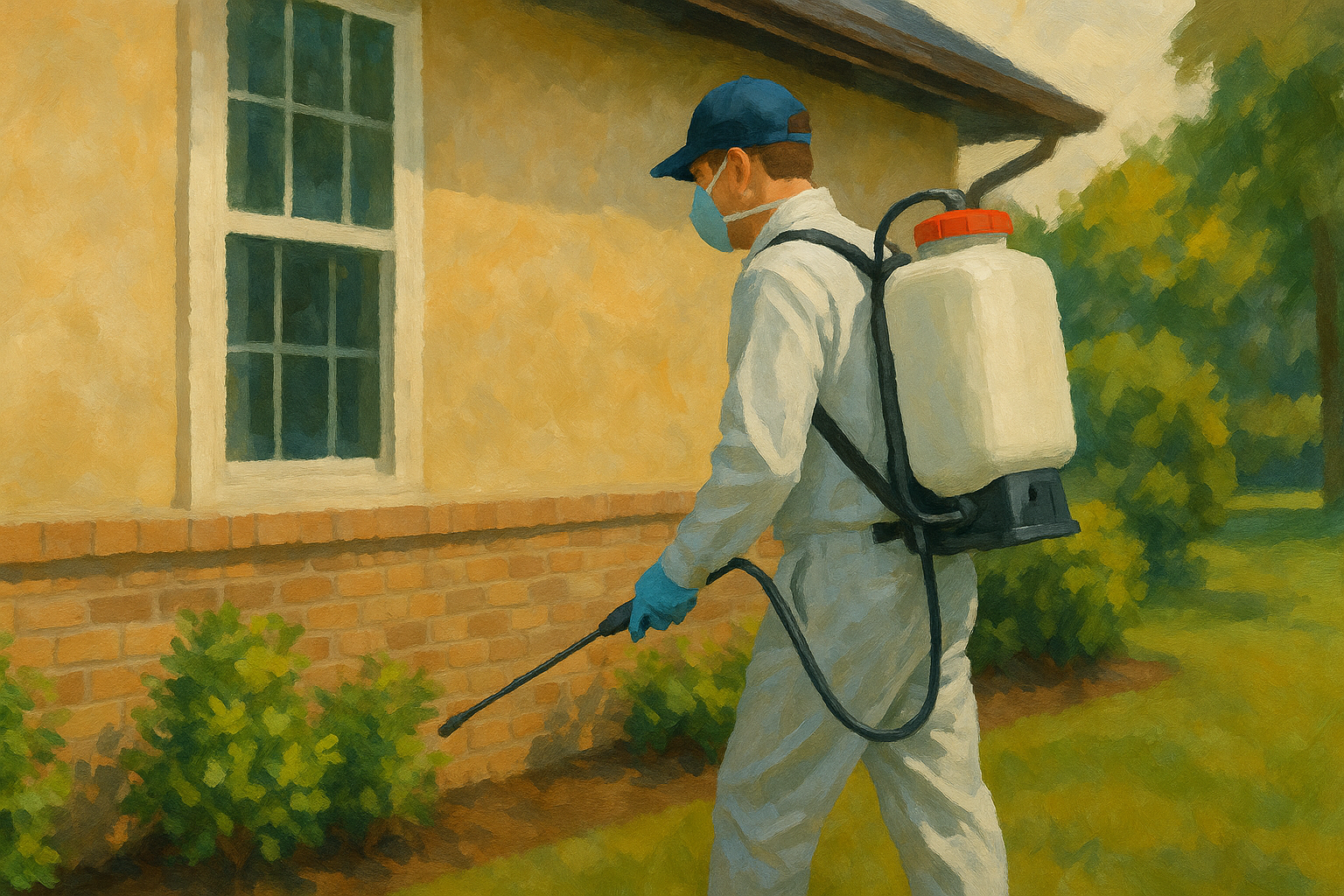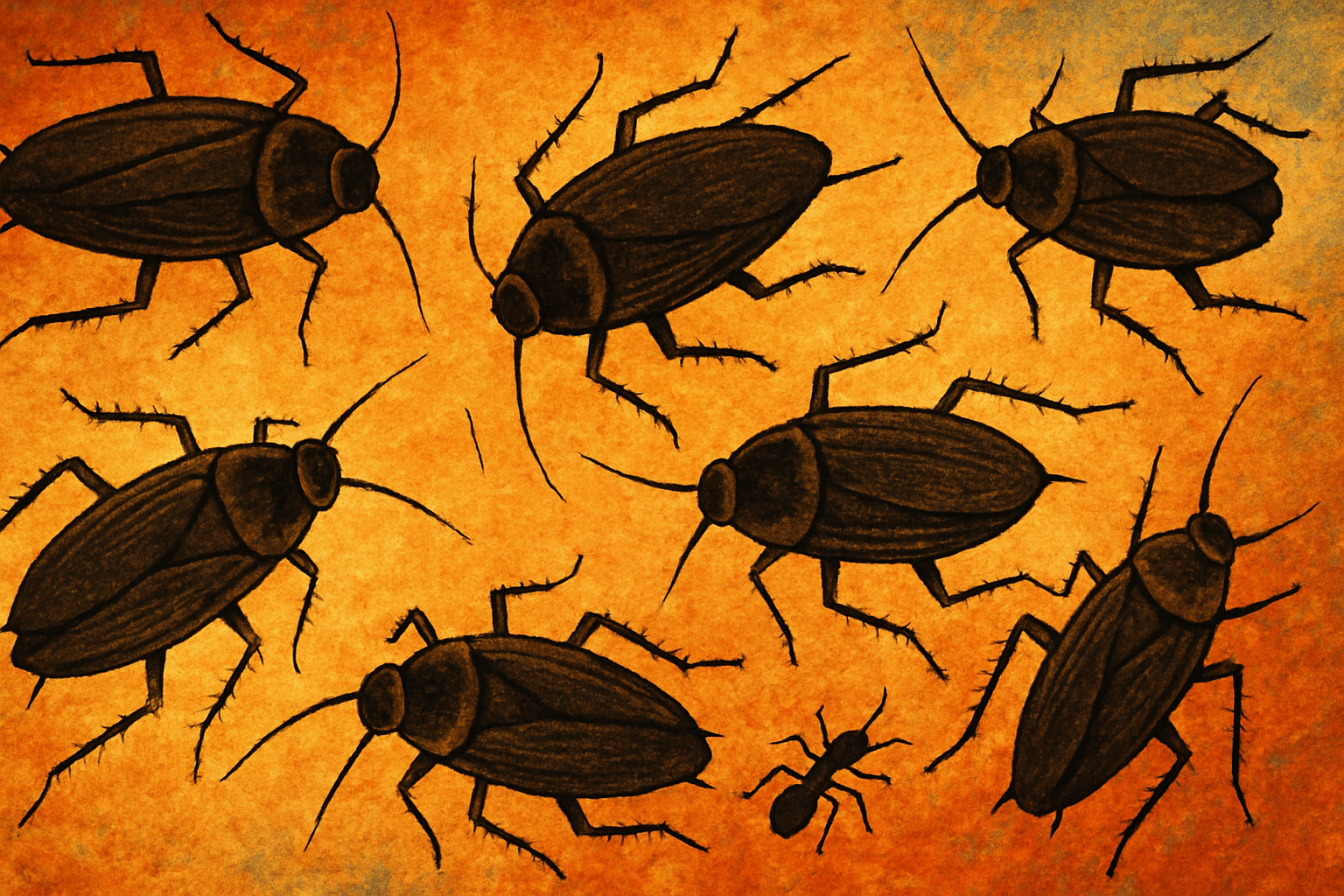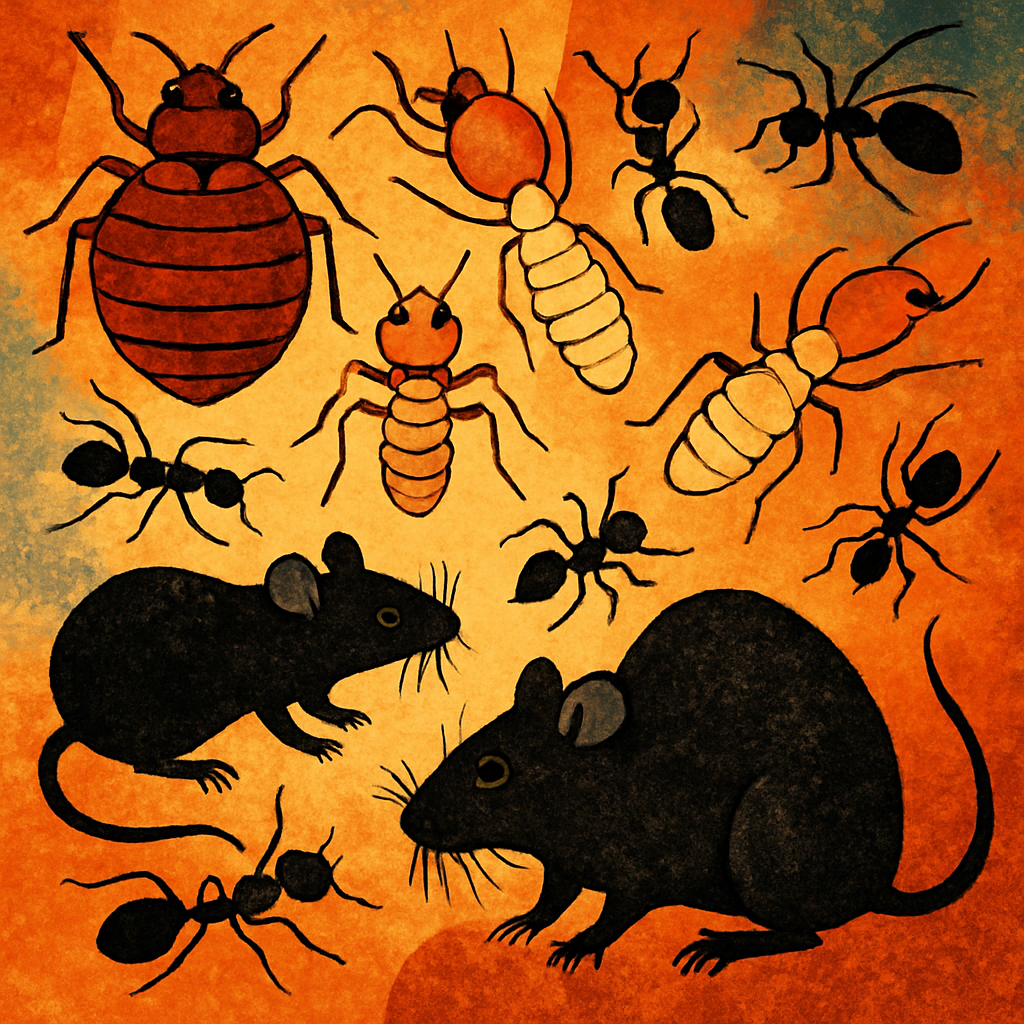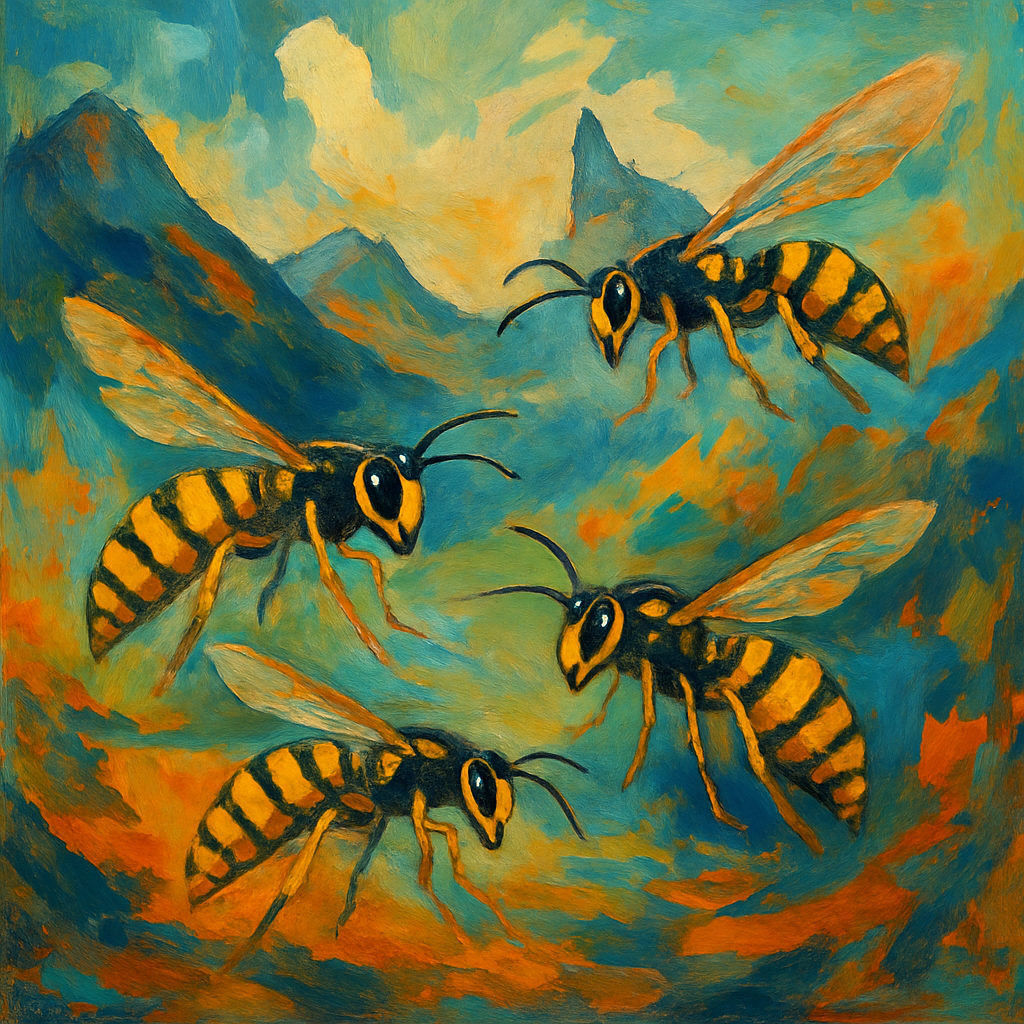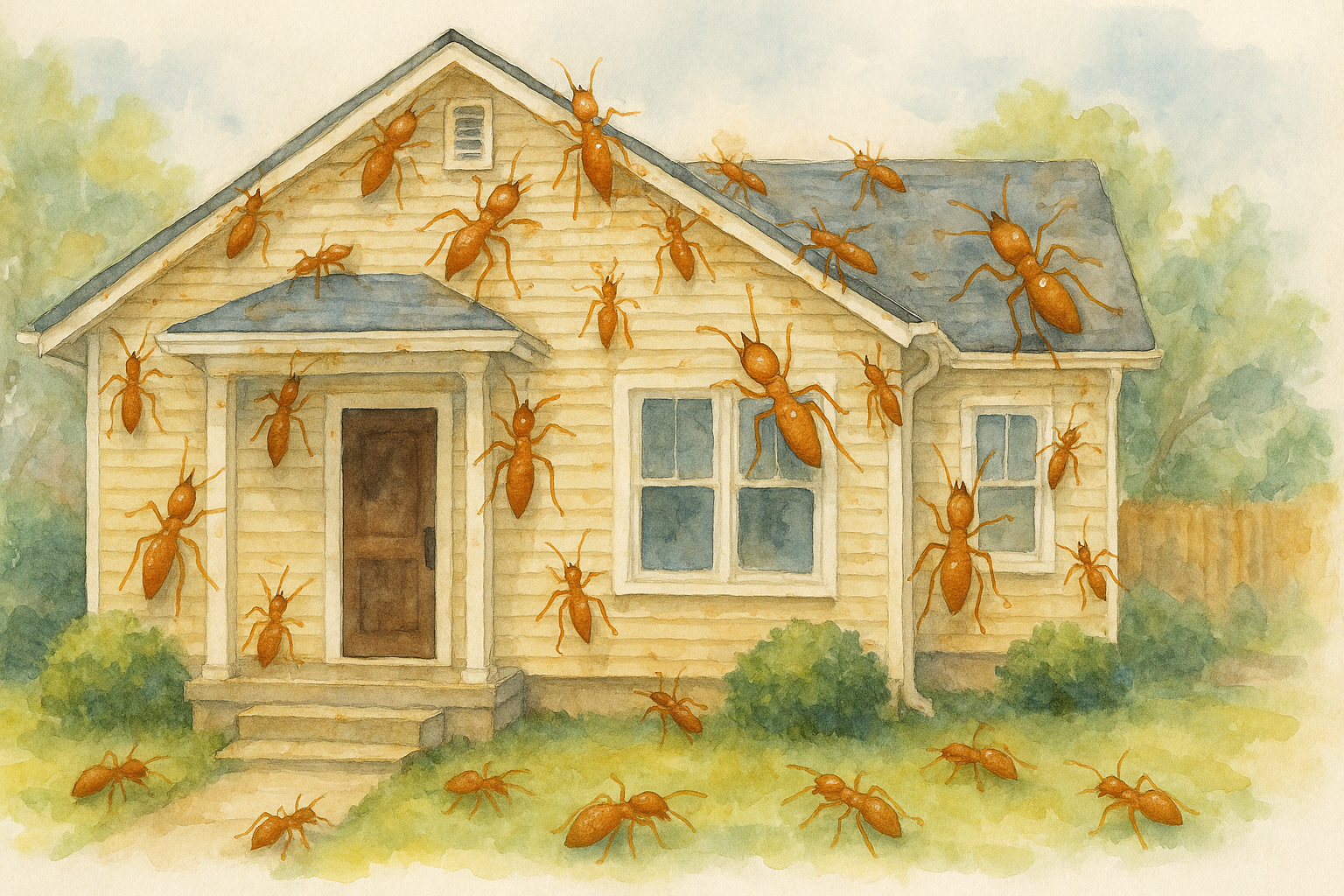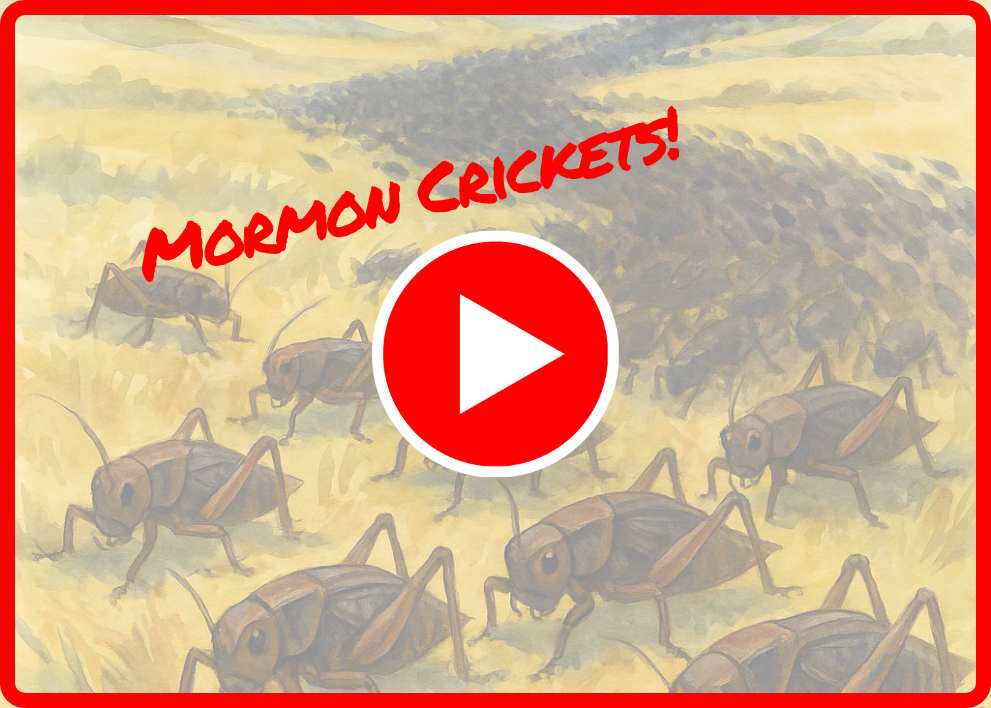The hobo spider (Tegenaria agrestis) is a common concern for homeowners in Idaho, particularly due to its notoriety as a potentially dangerous species. Often confused with the harmless giant house spider (Tegenaria duellica), the hobo spider has been implicated in necrotic bites, although recent research has cast doubt on the severity of its venom. Despite this, the presence of hobo spiders in homes and buildings can be unsettling, and their bites may still cause discomfort, making professional pest control a vital service for managing infestations. This article explores the hobo spider’s behavior, the myths surrounding its danger, and why professional spider control is essential.
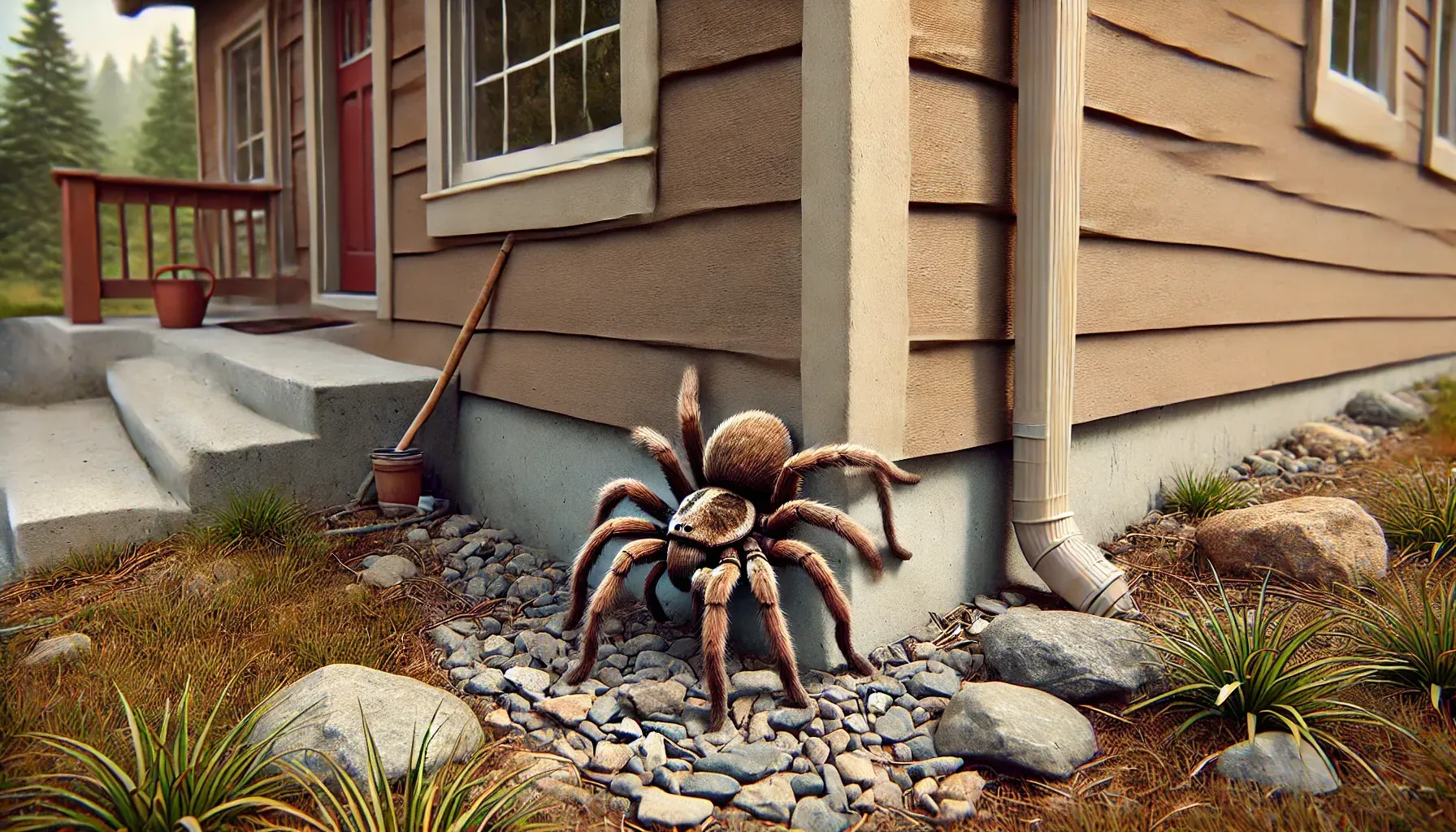
Identifying the Hobo Spider
The hobo spider is a medium-sized brown spider that builds funnel-shaped webs, typically in basements, crawl spaces, and other dark areas. Its appearance can be similar to other harmless spider species, which often leads to confusion and misidentification. The hobo spider is found across the Pacific Northwest, including Idaho, and has been mistakenly linked to necrotic lesions similar to those caused by the brown recluse spider. However, more recent studies have shown that hobo spider venom is not as dangerous as once believed(Vetter et al., 2003).
Hobo Spider Bites: Myths vs. Reality
Historically, the hobo spider has been linked to necrotic wounds, but scientific studies have found little evidence to support this claim. A 2011 study evaluated the venom of hobo spiders and found no significant hemolytic activity (the destruction of red blood cells), challenging the notion that their bites are medically dangerous. Moreover, many "spider bite" diagnoses have been shown to be the result of bacterial infections rather than spider venom, further complicating the perception of these spiders as dangerous(Gaver-Wainwright et al., 2011).
Despite the reduced threat, hobo spider bites can still cause pain, redness, and muscle twitching, particularly in sensitive individuals. Given that misidentification is common, the potential for concern still exists, leading many homeowners to seek professional assistance in controlling spider populations.
The Challenges of DIY Spider Control
While there are many DIY methods for controlling spider populations, such as using sticky traps or natural repellents, these are often not effective for dealing with large infestations or recurring problems. Hobo spiders tend to establish themselves in hidden areas like basements and crawl spaces, making them difficult to fully eliminate without expert help. Additionally, DIY methods may not address the root cause of the infestation, such as entry points or conducive environments, leading to recurring spider problems.
Why Professional Spider Control Is Essential
Professional pest control services are essential for managing hobo spider infestations for several reasons:
- Accurate Identification: Trained professionals can distinguish between harmless spiders and potentially concerning species like the hobo spider or similar-looking species. Correct identification is crucial for determining the appropriate treatment.
- Comprehensive Inspection and Treatment: Professional exterminators conduct thorough inspections of your home to identify entry points, nesting areas, and environmental factors that contribute to infestations. They then provide targeted treatments that address both the spiders and the conditions attracting them.
- Safe and Effective Use of Pesticides: Licensed pest control professionals have access to more effective and safer pesticides than those available to consumers. They also apply these chemicals in a manner that minimizes risks to humans, pets, and the environment.
- Long-Term Prevention: Beyond eliminating existing spiders, professionals offer long-term prevention strategies, such as sealing cracks and gaps in your home’s foundation, and providing ongoing monitoring to ensure that spiders do not return(Mckeown et al., 2014).
Spiders Hate Pest Control
While the hobo spider may not be as dangerous as previously believed, its presence in homes can still be unsettling and potentially painful if bites occur. Misidentifications and misconceptions about their venom have led to unnecessary concern, but professional pest control services provide peace of mind by eliminating infestations and ensuring that your home remains free from these spiders. With expert knowledge, safe treatments, and long-term solutions, hiring a professional is the best way to protect your home from hobo spiders.
Works Cited
Gaver-Wainwright, M. M., Zack, R., Foradori, M., & Lavine, L. (2011). Misdiagnosis of Spider Bites: Bacterial Associates, Mechanical Pathogen Transfer, and Hemolytic Potential of Venom from the Hobo Spider, Tegenaria agrestis (Araneae: Agelenidae).
https://academic.oup.com/jme/article/48/2/382/893951?login=false.
Mckeown, N., Vetter, R., & Hendrickson, R. (2014). Verified Spider Bites in Oregon (USA) with the Intent to Assess Hobo Spider Venom Toxicity.https://www.sciencedirect.com/science/article/abs/pii/S0041010114000920?via%3Dihub.
Vetter, R., Roe, A. H., Bennett, R., Baird, C., Royce, L., Lanier, W. T., Antonelli, A., & Cushing, P. E. (2003). Distribution of the Medically-implicated Hobo Spider (Araneae: Agelenidae) and a Benign Congener, Tegenaria duellica, in the United States and Canada.https://academic.oup.com/jme/article/40/2/159/885764?login=false.
Contact Today For $100 Off Your Initial Service!
⭐⭐⭐⭐⭐
Backed by our Bigfoot Guarantee!
What Customers Are Saying:
"Everyone from Bigfoot is awesome. They are always on time. They're extremely thorough. I've not had a single issue in the two years they have been treating our home. Well worth it!"
T. Potter | Meridian, ID
